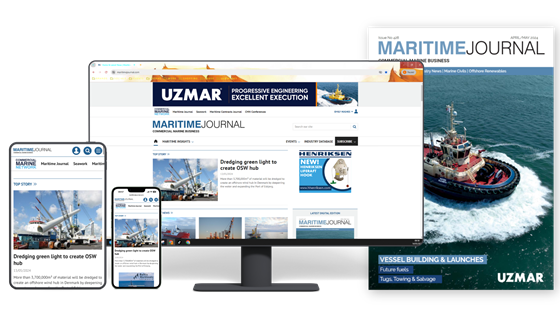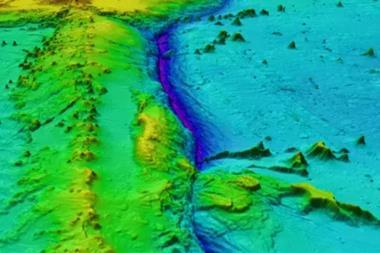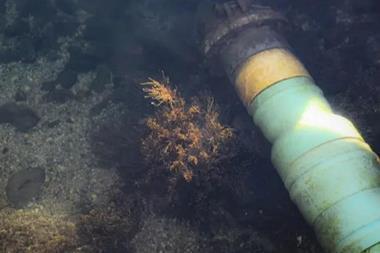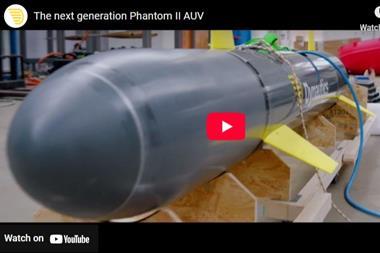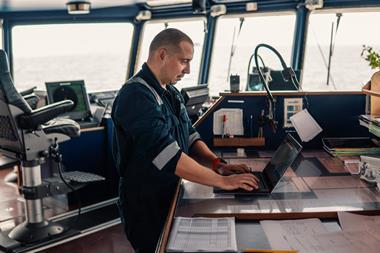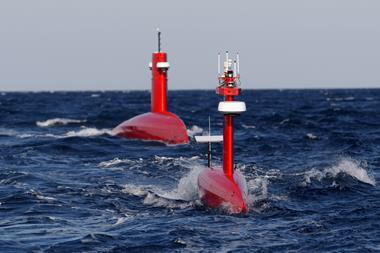Titan Survey is increasingly involved in offshore renewable energy schemes, particularly wind farm projects, where an accurate interrogation of the subsea geology is so crucial to turbine foundation design.

The company has found the Applied Acoustics seismic survey equipment, the CSP energy supply and sound source known as a boomer, particularly useful for this near shore sub-bottom survey work.
“We use an Applied Acoustics bang box and boomer catamaran for a number of different applications and a variety of marine environments from shallow highly turbid esturine waters to deep clear water with strong currents or even high sediment mobility areas such as the Bristol Channel, said chief surveyor Matt Ireson. “So we absolutely know the versatility of this equipment, but its overriding asset is its small size and weight and how easy it is to switch by hand between vessels. Operating primarily off our small boats, between 9 and 15m, means that we’re quick to mobilise and can easily make use of any third party vessels, allowing an efficient service to our clients.”
Being able to offer this sort of flexibility and efficiency alongside excellent data quality has enabled Titan Survey to offer its services to over 20 offshore wind farm projects, including most recently the huge Dogger Bank project, 60 miles east of Scarborough, UK, where the surveyors made use of a 1000J seismic power source from Applied Acoustics. If the plans for this windfarm come to fruition some 1800 offshore turbines will be installed to supply electricity to seven million homes.
In addition to offshore windfarm site pre and post construction surveys, Titan uses its boomer set up to provide sub-surface shallow penetration geology data for many different marine engineering projects such as cable route and cable landfalls, pipeline routes, tidal lagoon reservoir site surveys and preliminary site surveys for tidal stream turbines.


